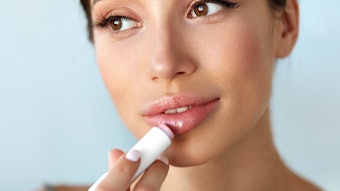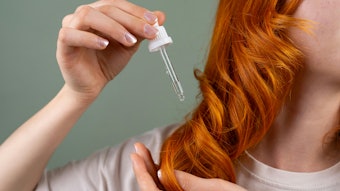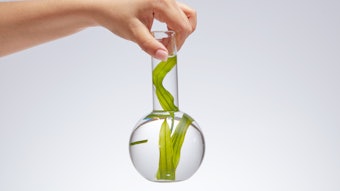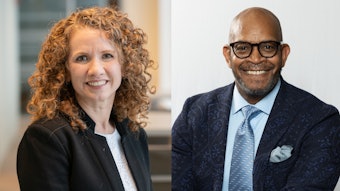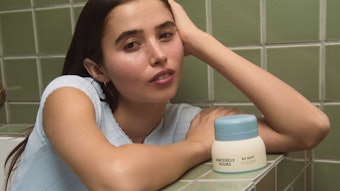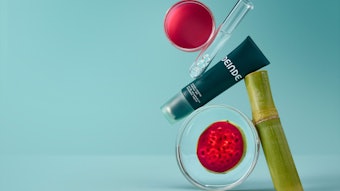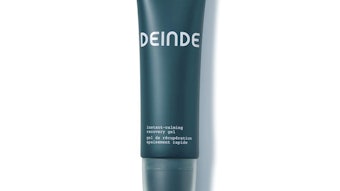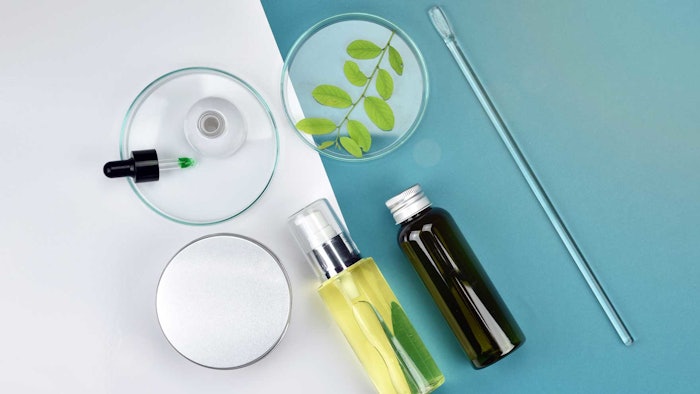
The clean beauty market, according to the firm Brand Essence, was estimated at ~US $5.44 billion in 2020 and is projected to accelerate by a CAGR of 12.07% from 2020 to 2027 to reach ~$11.56 billion. Recent moves in this market across regions support this fast-forward direction.
See archived: [podcast] Defining Clean Beauty
Major Moves in Clean Beauty
Credo Beauty, for example — a pioneer in this space — just acquired clean beauty retailer and creator Follain. Regarding the deal, Tara Foley, founder and CEO of Follain, said, "This is ... an important moment in the evolution of clean beauty. We believe this will strengthen the mission-driven beauty movement by creating the single leading clean beauty retailer, and standard bearer, that the industry needs."
See archived: Expert Opinions; Clean Beauty
Ushopal, a leading Chinese luxury beauty group, acquired British clean beauty brand Argentum Apothecary, WWD reported. Positioned as the "fastest-growing brand management group in China," Ushopal is specialized in scaling Generation Z focused luxury brands. The company previously held a minority stake in Argentum.
Other acquisitions in the clean beauty space include Amorepacific's of Tata Harper, L'Oréal's of Youth to the People and Famille C taking majority stake in Ilia Beauty.
The clean beauty wave has also reached India. According to an APN News report, Vanity Wagon, India's only clean beauty marketplace, has launched a campaign aligning clean beauty with the holy festival of Diwali. "At Vanity Wagon we aim to enable our friends and family to gift their loved ones safe, clean and pure products," said Prateek Ruhail, CEO and co-founder, in the APN report.
The platform only approves products considered "luxurious, safe and effective," and maintains a list of "dirty" ingredients that should be omitted. "Clean beauty is good for our skin as the product is exclusively formulated using ethically-sourced, free from toxins ingredients such as parabens, sulfates, synthetic fragrances, phthalates [and] PEGs to name a few," Ruhail explained in a beauty industry interview.
Clarifying Clean Beauty
So much of the market is converging around clean beauty that a clearer definition is warranted. Given retailers have put forth their own rules but generally speaking, they are voluntary.
Credo created the Clean Beauty Council and Credo Clean Standard that guides the company and more than 130 partners. The standard is focused on safety, sourcing, sustainability and ethics, "with a throughline of transparency."
Harper's Bazaar describes clean beauty as, "safe for people and the planet ... a beauty product should have considered human and environmental health, using a nontoxic element as a baseline and plant-based ingredients for active results. ..."
In July 2022, the Guangdong Cosmetics Association released a group standard, "T/GDCA 011-2022 Cosmetics — General Principle of Clean Beauty," that similarly to Credo, specifies clean beauty’s terms and definitions, basic principles, design, production, packaging, storage, use, recycling and other requirements.
The principle stated, per Chemlinked, "Based on the concepts of openness, transparency and traceability, clean beauty should be responsible for human health and safety as well as sustainable development, treat animals kindly and take social responsibility. The stakeholders shall strictly control the risks arising from design, production, packaging, storage, transportation, use and other stages."
Implemented on Aug. 8, 2022, this is the first clean beauty standard in China, although it is only a group standard, adopted voluntarily by businesses.
Timed with Breast Cancer Awareness Month (October), The Campaign for Safe Cosmetics has released a list of the "Top Non-Toxic Black-Owned Beauty Brands" to bring health equity to the forefront by providing a database of clean beauty products that are "free of the toxic ingredients linked to breast cancer and health concerns" that disproportionately impact Black women.
In 2019, Cosmetics & Toiletries also attempted to define clean beauty but from a tangible formulation standpoint it proved to be difficult. "... for this month’s feature on formulating clean beauty, Irwin Palefsky and I had to brainstorm what clean beauty might mean in terms of formulating before he could write in tangible terms about it," wrote Rachel Grabenhofer, managing scientific editor.
She continued, "We settled on three generally accepted tenets: 1) ensuring safety — for the user and environment; 2) removing unnecessary ingredients; and 3) omitting ingredients that, for whatever reason, have been blacklisted. Transparent labeling and eco-conscious packaging also play roles but these are separate from the actual formula properties."
In the end, Grabenhofer decided clean beauty means trustworthy. This ultimately is determined by consumer perception.
Back to Natural, Forth to Transparent
The whole debate is reminiscent of where we stood several decades ago with natural, whose definition has not yet been sanctioned and is subject to interpretation. COSMOS has perhaps made the best progress in establishing what qualifies as natural but the onus falls on certifying agencies and manufacturers to spell it out for consumers.
In fact, it seems the natural "can" was "kicked down the road" and became clean. So without a clear definition, where might clean beauty be booted next? Many signs point to transparency, which brings us back to trust; something the industry is working hard to gain — clean beauty or not.
